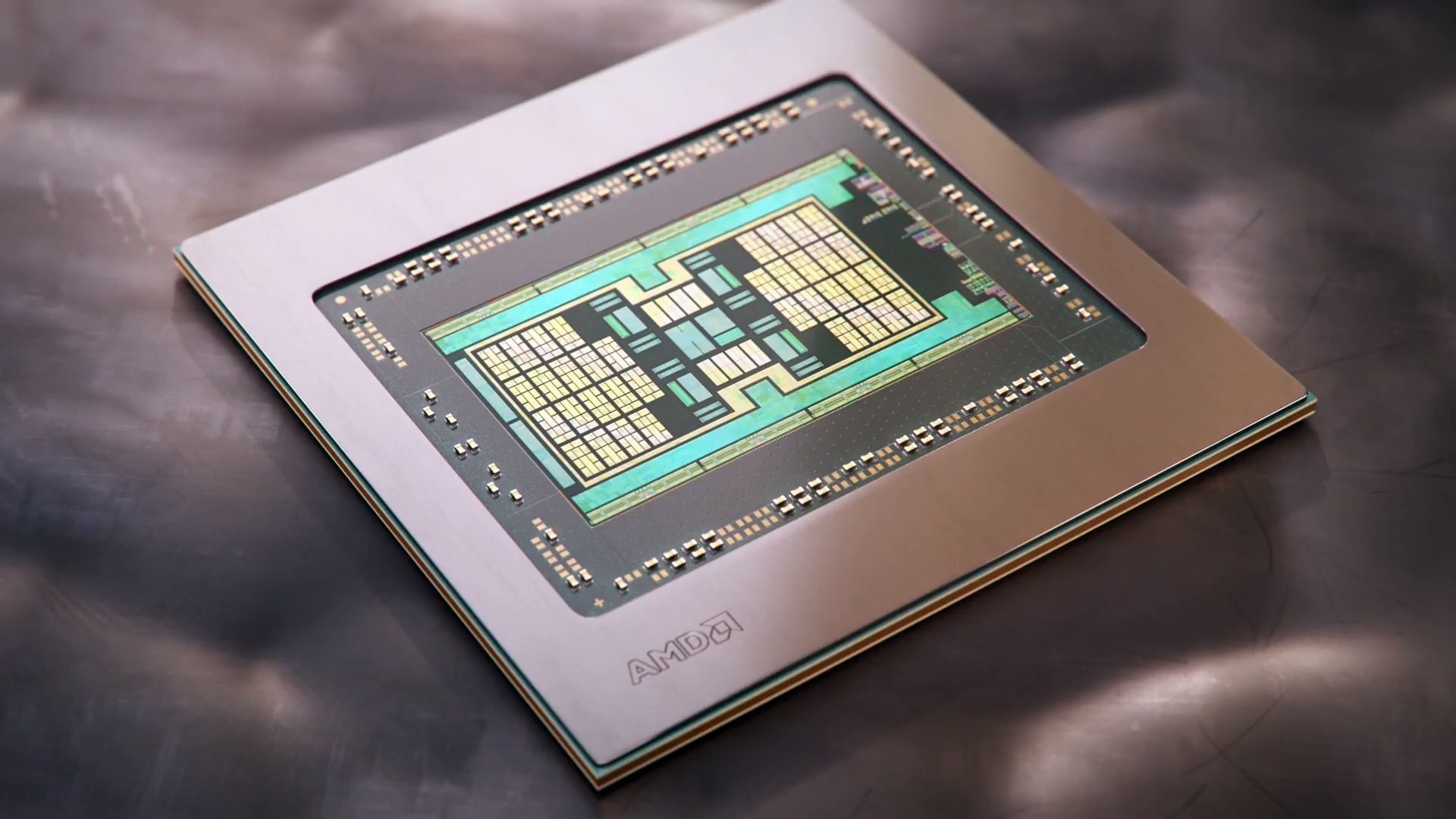AMD’s RX 6900 XT benchmark casts doubt over flagship GPU – but it’s nothing to worry about
Don’t read anything into this leaked Ashes of the Singularity benchmark

AMD’s RX 6900 XT has been spotted in its first leaked game benchmark (ahead of its imminent launch), and although this Ashes of the Singularity result might seem worrying on the face of it – being essentially identical to the existing 6800 XT – it’s really nothing to get concerned about.
Before we get into the reasons why this particular result is a very wonky representation of how the power of Big Navi GPUs might stack up, let’s first look at the score achieved, as unearthed by Tum_Apisak on Twitter.
https://t.co/xt6FrFPfKl pic.twitter.com/WMqtHXC4PEDecember 4, 2020
As you can see, at 1080p (Full HD) resolution with ‘crazy’ graphics details, when paired with an Intel Core i7-8700K processor, the 6900 XT managed a score of 10,100 and an average frame rate of 102.1 fps.
- AMD Radeon RX 6800: we're keeping an eye on stock levels here
- We'll show you how to build a PC
- These are the best graphics cards
The thing is that AMD’s 6800 XT achieved a pretty much identical result in Ashes of the Singularity, which could lead you to the conclusion that the 6900 XT flagship isn’t going to be worth the extra money.
However, the problem is that at 1080p, the Ashes of the Singularity benchmark is very much CPU-bound. In other words, the speed of the 8700K processor is bottlenecking the potential of the GPU, so both the 6800 and 6900 XT cards appear to give the same performance.
Don’t jump the gun
Of course, that won’t be the case when we see a full range of benchmarks, although admittedly, the 6900 XT is built very much along the same lines as the 6800 XT, which is why folks might worry when they see a benchmark that appears to indicate little difference between the respective cards.
Remember that the 6900 XT runs with the same clock speeds, memory configuration, and power usage as the 6800 XT – the only meaningful difference being that it has 80 CUs (Compute Units) compared to the 72 CUs of the 6800 XT. Of course, that will make a difference… but as mentioned, the worry for some folks is that it won’t make all that much of a difference, particularly not given the increase in asking price for the 6900 XT.
Get daily insight, inspiration and deals in your inbox
Sign up for breaking news, reviews, opinion, top tech deals, and more.
The flagship AMD graphics card will retail at $999 (around £750, AU$1,350), compared to $649 (around £490, AU$880) for the 6800 XT, so there’s quite a premium there (if you can buy any of these graphics cards at all, given that it seems to be pretty much inevitable that the 6900 XT will face the same stock problems as the previous Big Navi launches).
Although it should also be noted that one other potential strength for the 6900 XT is when it comes to overclocking, where the flagship GPU could offer more headroom, and potential for tweaking to higher clocks and therefore better performance still.
As ever, time will tell, and as the RX 6900 XT launches tomorrow, on December 8, we won’t have long to find out for sure. We might also see third-party variants of the 6900 XT before too long, even though AMD hasn’t officially announced that it has given the go-ahead for these custom cards, which could push performance further with impressive factory overclocks (but they’ll have heftier price tags, too).
- Check out all the best gaming PCs
Darren is a freelancer writing news and features for TechRadar (and occasionally T3) across a broad range of computing topics including CPUs, GPUs, various other hardware, VPNs, antivirus and more. He has written about tech for the best part of three decades, and writes books in his spare time (his debut novel - 'I Know What You Did Last Supper' - was published by Hachette UK in 2013).